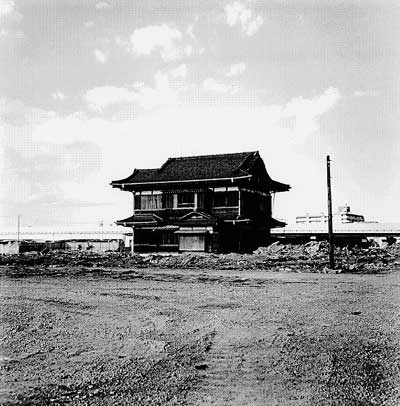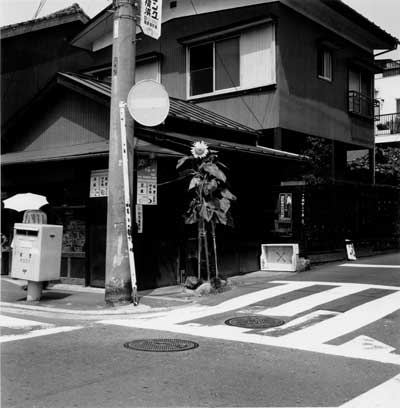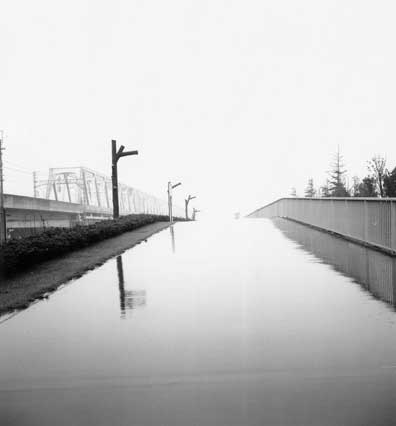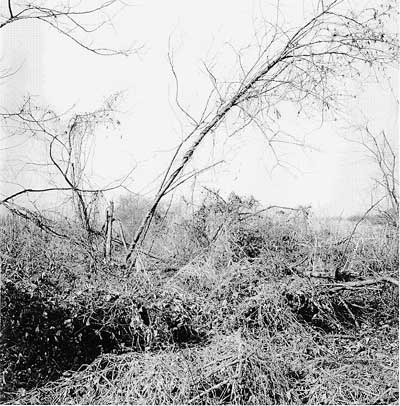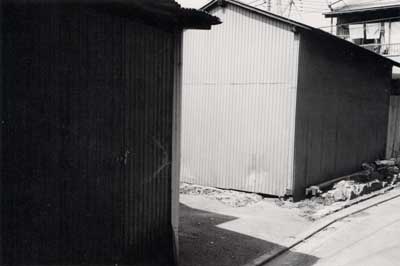Multitudes
Of a bastard line.
- Joined
- Nov 27, 2005
- Messages
- 9,280
- Reaction score
- 2
Sense of Existence in the Absence of Humanity
Yoshitomo Kajikawa
It is from an album of photographs entitled Les rues dj vues published in 1980 that I first came to know Kanendo Watanabe's photographic works.
Watanabe won the prestigious 7th Ihei Kimura Award with the album and elicited the comment "eerily supercharged landscapes" from Kobo Abe, one of the selection committee members. Ever since, Kanendo Watanabe, unwavering in his commitment to his own unique theory of photography, has kept up with his creative work in an exceptionally steady way.
With his Autocord, Minolta's twin-lens reflex camera, slung from his shoulder, Watanabe, on his outings, reportedly keeps on walking for days, some 30 long kilometers a day, without any set destination. He clicks his camera whenever he finds a scene that intrigues him.
Watanabe, the man of roving vision, pays great attention to the sensitized paper he uses in the dark room. He never calls it quits until he finds the results he can be absolutely satisfied with. His subject matters - city spaces, deserted nature, quiet surfaces of water and so forth - are quite ordinary at first sight. When you pore over them, however, you will feel that the scenes in the photographs are stealthily creeping into the depth your consciousness.
In my view, Henri Cartier-Bresson is a genius in capturing a decisive moment. Ihei Kimura, whom Watanabe values most highly, has his charm in capturing scenes just before a decisive moment. The works of Kanendo Watanabe, on the other hand, are, as it were, landscapes after a decisive moment, and we can feel a definite sense of existence in the face of the complete absence of humanity in them. Although Kimura and Watanabe at first glance appear to be at opposing ends, they actually share a common ground in their efforts to capture, as ordinary living citizens, the changing times through the relationships between the self and the other. Watanabe's arbitrary streak also strongly appeals to me. So, I have decided to prints to his most recent ones, in Kahitsukan's collections.
In Kanendo Watanabe, I find a truly rare photographic artist who, in the face of wild overripening and variegation of today's visual arts, has single-mindedly stuck to what may best be described as "pure photographs".
(Director, Kahitsukan - Kyoto Museum of Contemporary Art)
(Translated by Atsuo Tsuruoka)
Source: kahitsukan.or.jp

gaden.jp
Last edited by a moderator:


